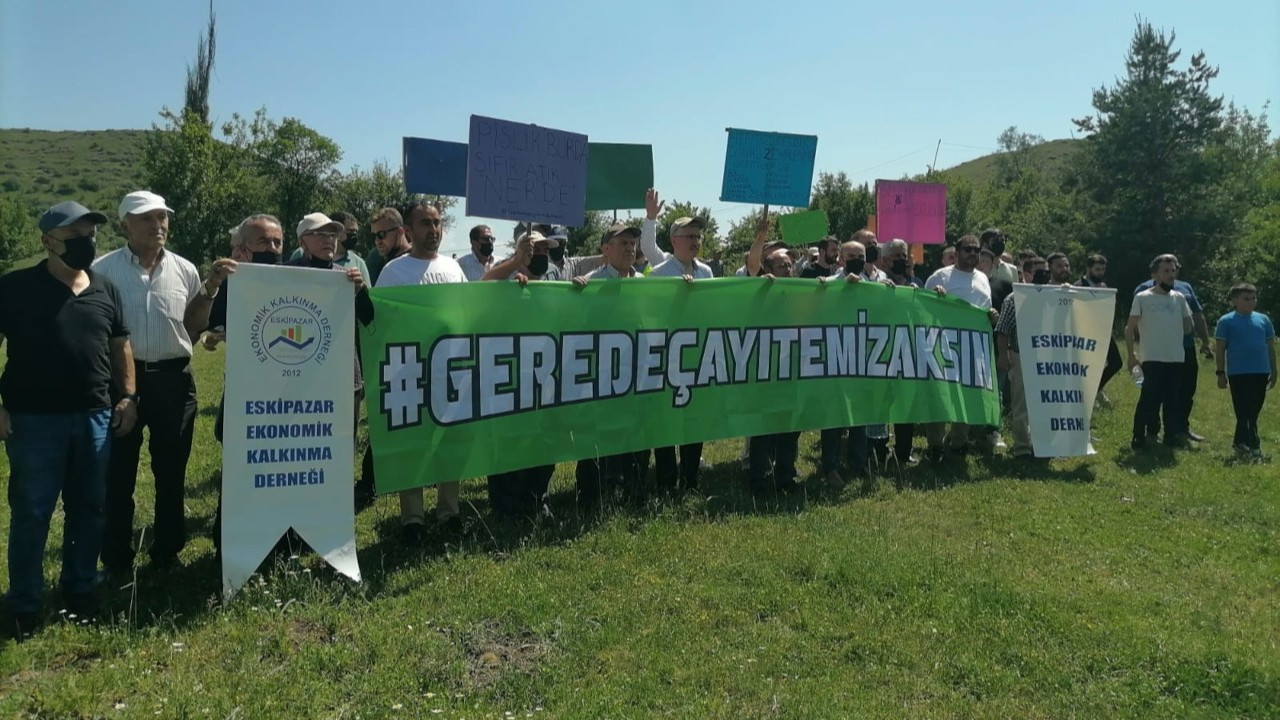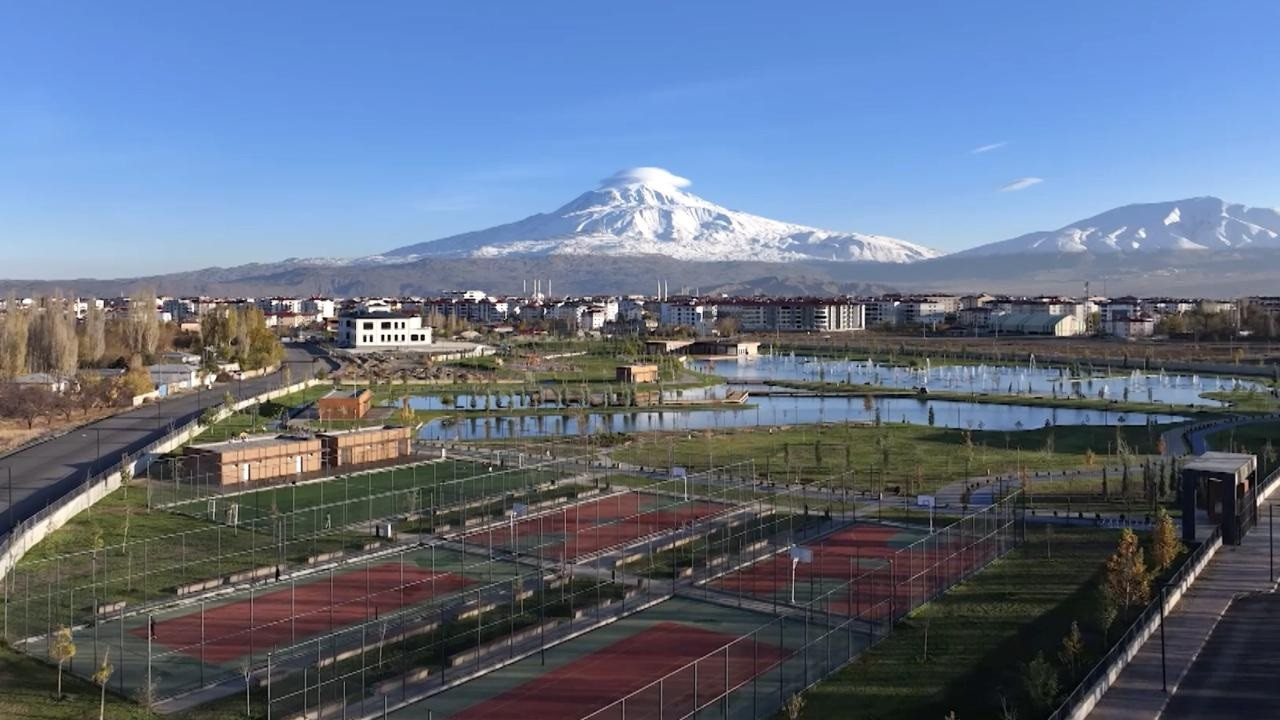Hundreds of dead fish wash ashore in İzmir Gulf
As the color of Aegean İzmir Gulf turns green and red, hundreds of dead fish have washed ashore on the coast of Bayraklı district in recent days. Scientists believe that rising temperatures and pollution in the gulf have been causing major environmental destruction.
Duvar English
Hundreds of dead fish of all sizes have washed ashore on the Bayraklı coast of İzmir in the Aegean region in recent days.
İzmir Metropolitan Municipality marine protection teams started to collect dead fish in the sea as they caused odor pollution in the district along with a large pile of waste in the gulf.
The Provincial Directorate of Agriculture and Forestry also started an investigation and took samples from the seawater and fish for further analysis.
Dead fish have been continued to be seen on the sea surface despite being collected day and night by municipal teams, according to Demirören News Agency.
İlker Aydın from İzmir’s Ege University Faculty of Fisheries stated that it was not possible to state a definite reason without performing an autopsy and noted, “There may be many reasons for the overheating of the water. The most important of these is oxygen deficiency. Then there may be an increase in plankton that consumes oxygen.”

‘Worst Gulf in 25 years’
Turkish Academy of Sciences (TÜBA) Environment, Biodiversity and Climate Change Working Group Member Doğan Yaşar reminded that "plankton explosions" and mass fish deaths in the seas of Turkey were first observed in Izmir Gulf in 1955.
“After the Çiğli Treatment Plant was built in the 2000s, these stopped. During the mayorship of the late Ahmet Piriştina, the sea turned blue, and it was only a few years before it became swimmable. After Piriştina passed away, the gulf started to turn back in 2005,” Prof. Yaşar underscored.
According to the scientist, when the main opposition Republican People’s Party’s other mayor Aziz Kocaoğlu took office, the factories in the province closed their treatment plants again and continued to pollute the gulf with chemically contaminated water.
Yaşar also added that 2007 was “the beginning of the end,” as the bottom of the streams was reinforced with concrete which heightened odor.
“After 2004, İzmir Metropolitan Mayors could not come to terms with science. The point we have reached as a result; unfortunately, the worst İzmir Gulf of the last 25 years,” Yaşar noted.
The professor emphasized that the fish deaths were an expected outcome, explaining that the sea turned red last month due to a significant increase in plankton.
He noted that with extreme heat and pollution, a plankton explosion occurred and clarified that pollution, not heat, was the primary cause. “There was no oxygen left in the environment and the plankton was poisonous, so the fish died,” Yaşar said.
Prof. Yaşar also underlined that all major streams in the province flow to the coast of Bayraklı and therefore fish deaths are most common in the district.
"To improve the situation in the gulf, the first step is to break up the concrete at the bottom of the streams. Secondly, it is essential to clean the treated wastewater released from the factories," Yaşar stated.

 Protesters demand factories to stop releasing pollutants into local stream in Turkey's BoluEnvironment
Protesters demand factories to stop releasing pollutants into local stream in Turkey's BoluEnvironment Air pollution in Istanbul increases by 14 pct in one yearEnvironment
Air pollution in Istanbul increases by 14 pct in one yearEnvironment Turkey’s Iğdır once again becomes most polluted city in Europe: ReportEnvironment
Turkey’s Iğdır once again becomes most polluted city in Europe: ReportEnvironment